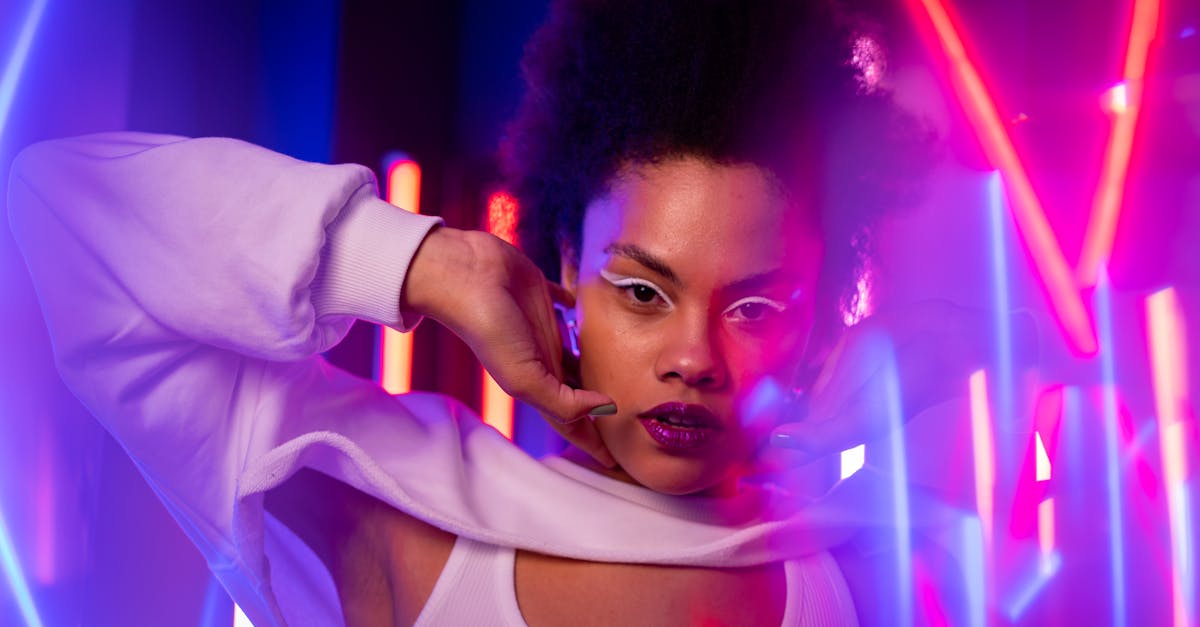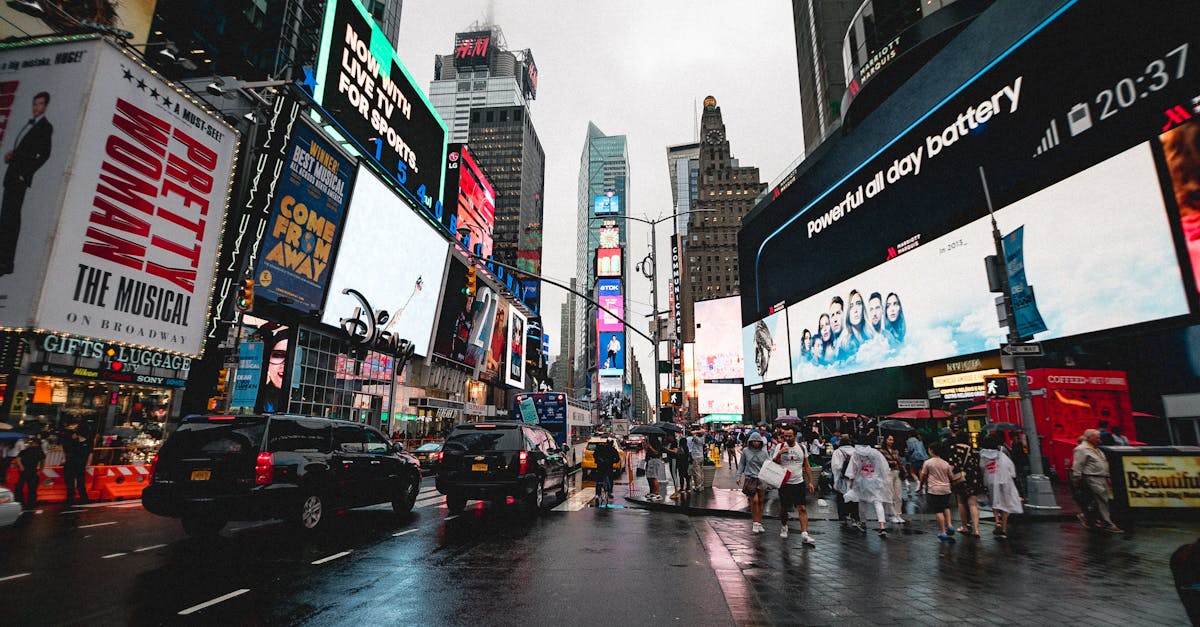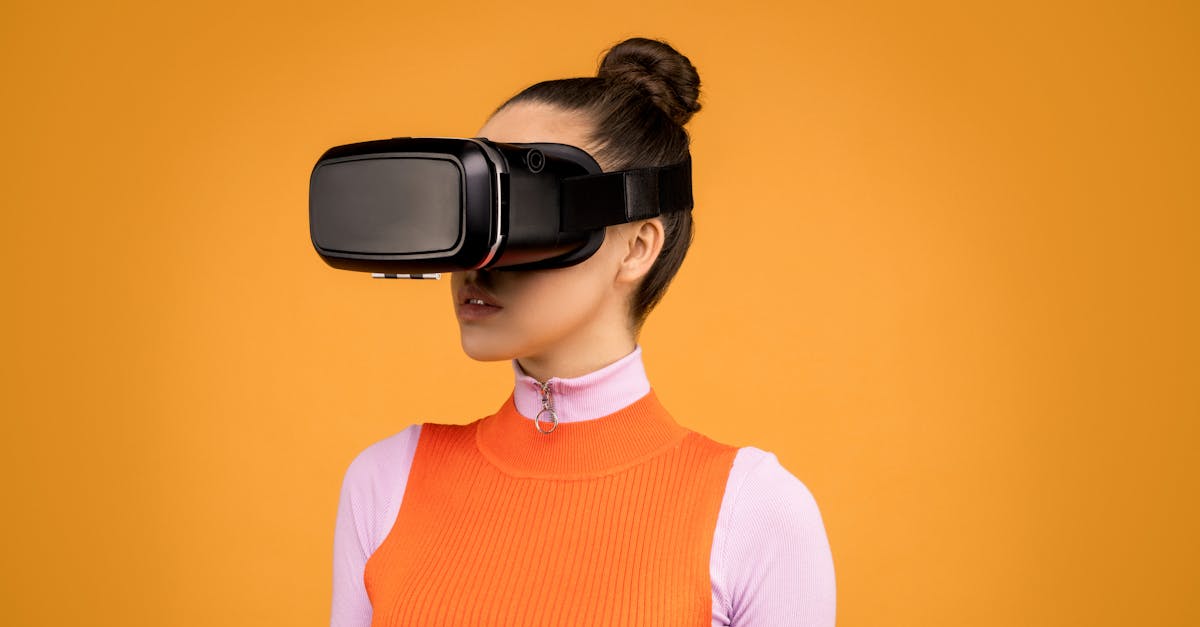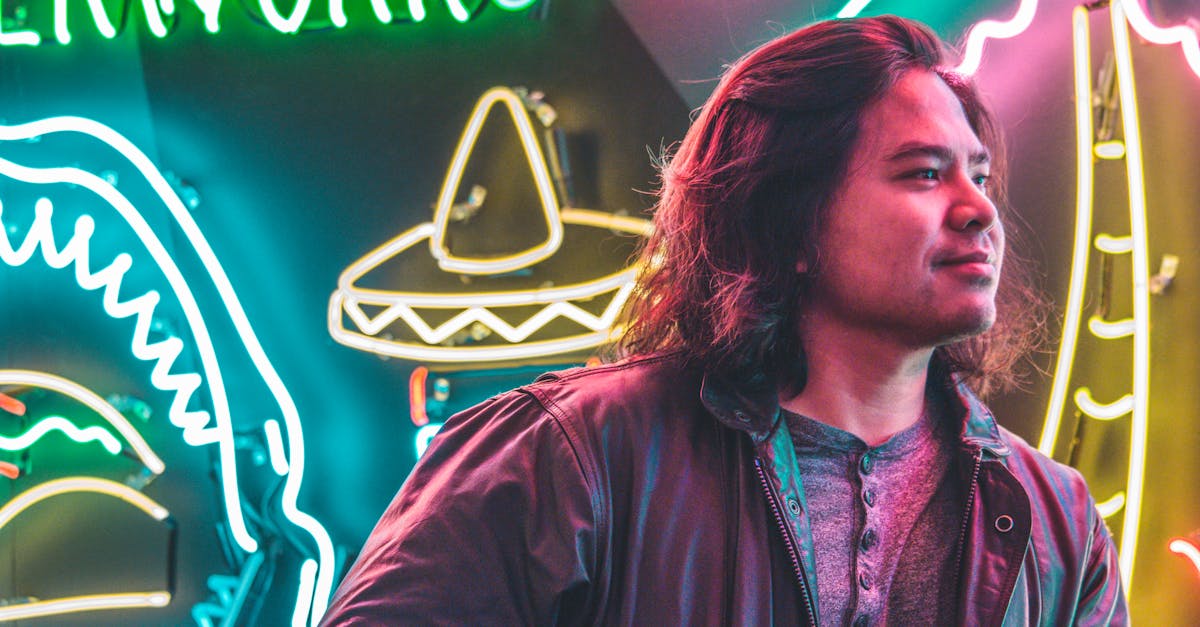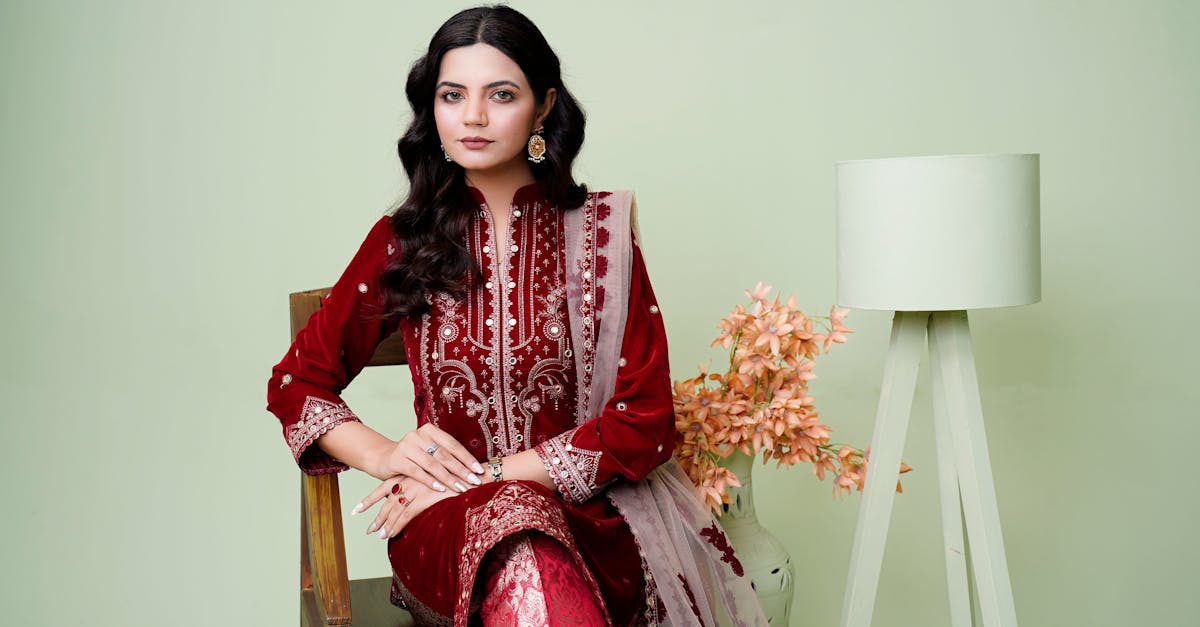Fashion Vision Beyond Tomorrow
Introduction
Within the ever-evolving world of fashion, glimpses into tomorrow offer exciting possibilities and challenges alike. This dynamic industry is constantly reinventing itself, pushing the boundaries of creativity and technology. As we look towards the future, fashion is not just about aesthetics but also sustainability, inclusivity, and technological advancements. The interplay of these elements will redefine how we perceive and interact with clothing. Join us on a journey beyond the present, exploring what fashion might look like in the years to come. From digital wearables to sustainable practices, the future of fashion promises an exciting transformation.
Advertisement
Sustainability: A Core Focus
Sustainability is rapidly becoming a foundational pillar of future fashion. As awareness grows regarding the environmental impact of fast fashion, brands are embracing eco-friendly practices. Usage of organic materials, recycling schemes, and sustainable production methods are just the beginning. Innovations like lab-grown fabric and biodegradable textiles are on the rise, promising to reduce the industry’s carbon footprint. Ethical fashion is not only a trend but an essential shift towards responsible consumption. As consumers demand transparency, brands are prioritizing eco-conscious practices to meet these expectations.
Advertisement
Technology and Fashion Integration
Technology is increasingly woven into the fabric of fashion, setting the stage for futuristic experiences. Wearable tech, once the domain of sci-fi, is now entering mainstream fashion. Smart clothing with embedded sensors offers health monitoring capabilities and customizable features. Virtual fashion shows, augmented reality, and 3D-printed garments are reshaping how collections are showcased. Moreover, the blockchain technology promises improved traceability, enhancing consumer trust in sustainable claims. The symbiotic relationship between fashion and tech continues to grow, leading to unprecedented innovations.
Advertisement
Inclusivity and Diversity
Diversity and inclusivity are reshaping the fashion landscape, promoting representation across all levels. Brands are actively working to ensure diversity not only in models but also in design teams and company boards. Size-inclusive collections and gender-neutral clothing are gaining popularity, reflecting a broader acceptance of individual expression. Cultural richness is celebrated, with traditional craftsmanship being fused with modern trends. This inclusive approach signals a shift from conventional beauty standards, transforming fashion into a more accessible and expressive medium for all.
Advertisement
Digital Fashion and the Metaverse
The digital realm is increasingly blurring the lines between real and virtual fashion. Virtual clothing, or digital fashion, enables individuals to express themselves in online spaces without producing physical waste. The metaverse, an emerging digital universe, serves as a new fashion frontier. Here, users can create bespoke styles, attend virtual fashion weeks, and engage with interactive retail experiences. Digital fashion opens up limitless possibilities for creativity, allowing designers to break free from material constraints and audiences to engage with fashion in unprecedented ways.
Advertisement
Circular Fashion Economy
A circular fashion model is emerging that emphasizes minimizing waste and maximizing resource use. Brands are adopting practices like upcycling, repair services, and clothing rental models. By extending the life of garments, the fashion industry is shifting away from the linear "buy-and-throw" approach. Companies are also implementing "take-back" schemes, encouraging consumers to return used items for recycling. This focus on circularity not only conserves resources but also revolutionizes consumer engagement with fashion, fostering a more sustainable and collaborative ecosystem.
Advertisement
Craftsmanship Meets Innovation
While technology and digital fashion are gaining attention, the timeless appeal of craftsmanship remains strong. Artisans are fusing traditional techniques with modern innovations to create unique and high-quality pieces. Handcrafted garments with sustainable materials are favored for their authenticity and durability. The synergy between craft and innovation not only keeps heritage alive but also promotes slow fashion principles. This blend represents an opportunity for brands to differentiate themselves, offering consumers a taste of both nostalgia and novelty in the fashion space.
Advertisement
Changes in Consumer Behavior
Consumer behavior is a driving force shaping the future of fashion. An increasing preference for mindful consumption is evident as buyers seek quality over quantity. Shoppers are more likely to invest in timeless pieces that align with their values, promoting sustainability and ethical production. Social media platforms amplify these trends, providing real-time feedback and reviews. The emergence of conscious consumerism influences brands to align their practices with societal values, further accelerating the shift towards sustainable and inclusive fashion.
Advertisement
Challenges and Opportunities
As the fashion industry ventures into new territories, it faces challenges and opportunities that will define its evolution. Balancing innovation with tradition, ensuring ethical practices within supply chains, and adapting to rapid technological changes are crucial. Brands must remain agile, embracing collaboration with tech industries and consumers alike. Despite the complexities, the prospect of creating a fashion landscape that is inclusive, sustainable, and technologically advanced presents exciting possibilities for stakeholders across the spectrum. Fashion's future is bright, requiring innovative thinking and collective action.
Advertisement
Summary and Conclusion
The future of fashion is a confluence of innovation, sustainability, and inclusivity set against a tech-driven backdrop. As the industry shifts towards eco-friendly practices, embraces digital fashion, and celebrates diversity, it carves a path rich with possibilities. The pivot towards a circular economy and responsible consumer behavior highlights a transformative period in fashion history. Confronting challenges and seizing opportunities through innovation will be key to unlocking the potential of fashion beyond tomorrow. With creativity and responsibility at the helm, the future of fashion holds endless promise, inspiring a more connected and conscientious world of style.
Advertisement


